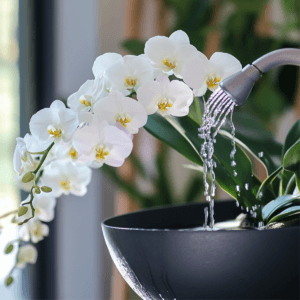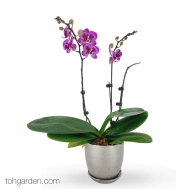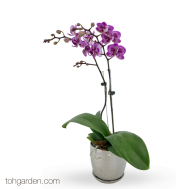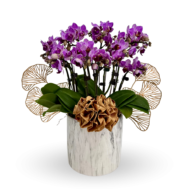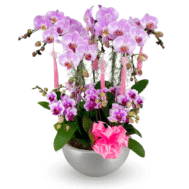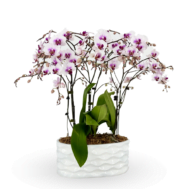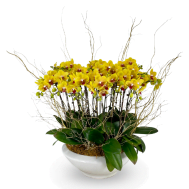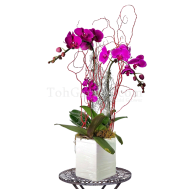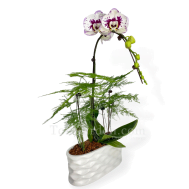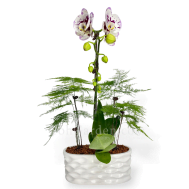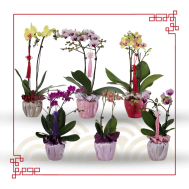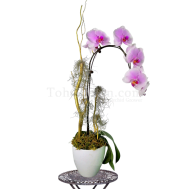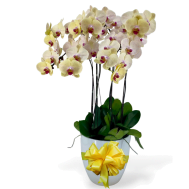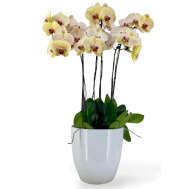No products in the basket.
History of Phalaenopsis
Phalaenopsis orchids, commonly known as Moth Orchids, are among the most popular and widely cultivated orchids in the world. Their elegant, long-lasting blooms and ease of care make them a favorite among houseplant enthusiasts, collectors, and florists. This article explores the history of Phalaenopsis orchids, their significance, and the many benefits of growing them.
Origins & Discovery
Phalaenopsis orchids belong to the Orchidaceae family, one of the largest and most diverse plant families. These orchids are native to Southeast Asia, the Philippines, Indonesia, Taiwan, and northern Australia. They thrive in tropical rainforests, often growing as epiphytes (air plants) attached to tree trunks and branches.
The first recorded discovery of a Phalaenopsis orchid dates back to 1750, when Dutch botanist Georg Eberhard Rumphius documented them in his botanical work. However, it wasn’t until 1825 that they were officially named by Dr. Carl Ludwig Blume, a German-Dutch botanist. He observed their resemblance to moths in flight and named them Phalaenopsis, derived from the Greek words phalaina (moth) and opsis (resembling).
Introduction to Cultivation
In the 19th century, European botanists and horticulturists began collecting and hybridizing Phalaenopsis orchids. The Victorian era saw a surge in orchid cultivation, as these plants were highly prized for their exotic beauty and rarity. As demand grew, advancements in hybridization and tissue culture allowed for large-scale commercial production.
Today, Phalaenopsis orchids are one of the most widely cultivated and hybridized orchids, with thousands of varieties available in different colors, patterns, and sizes. They are now a staple in floral arrangements, weddings, home decor, and orchid competitions worldwide.


